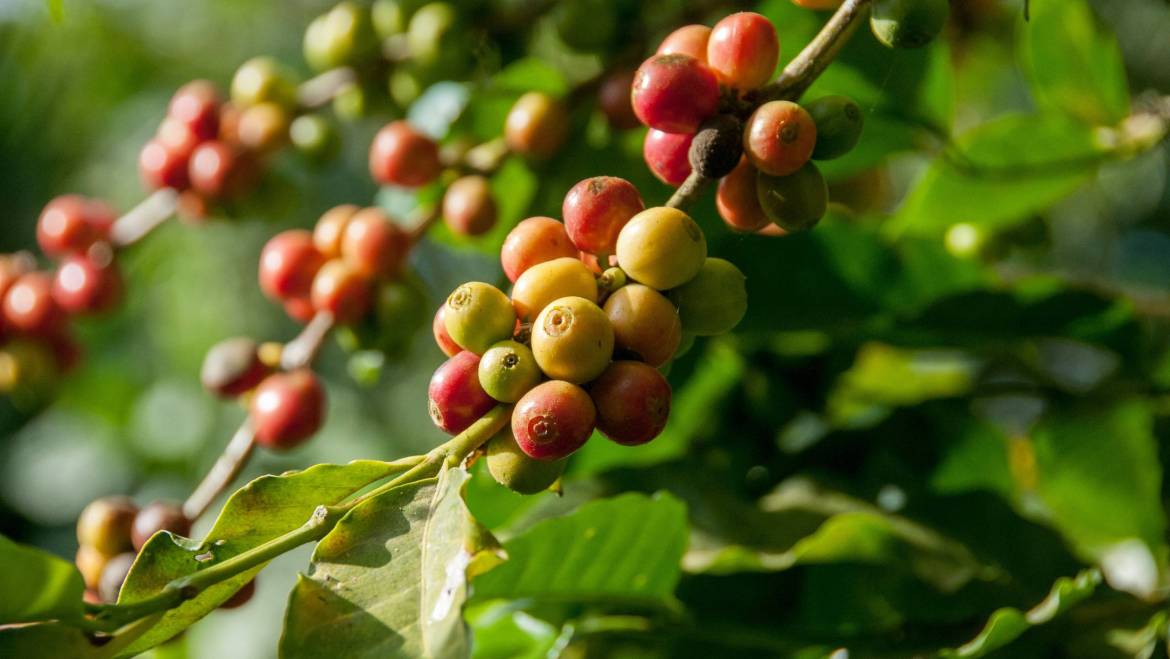Environmental Impact of Coffee Production
Coffee is grown in tropical regions, primarily in countries like Brazil, Vietnam, Colombia, and Ethiopia. The production of coffee has a significant impact on the environment, with deforestation being one of the most pressing issues. As farmers clear land to make way for coffee plantations, they often remove native trees and vegetation, leading to habitat loss for wildlife and soil erosion. This can lead to issues like landslides, which can have devastating effects on local communities.
In addition to deforestation, coffee production can also contribute to water pollution. The use of chemical fertilizers and pesticides can contaminate nearby water sources, making them unsafe for human and animal consumption. Moreover, coffee processing can require large amounts of water, which can put a strain on already scarce water resources in some regions. For example, in Ethiopia's coffee-growing regions, water scarcity is a major issue, with many farmers having to rely on untreated water from rivers and streams.
To mitigate these impacts, sustainable coffee production practices have been developed. Shade-grown coffee, for example, is grown under a canopy of trees, which provides habitat for birds and other wildlife, prevents soil erosion, and reduces the need for chemical pesticides. Moreover, it can help regulate temperature and humidity, which can reduce the impact of climate change on coffee production.
Organic farming is another sustainable coffee production practice that can help reduce the negative impacts of coffee production on the environment. Organic farming avoids the use of chemical fertilizers and pesticides, instead relying on natural methods like composting, cover cropping, and natural pest control.
Fair Trade Practices
The coffee industry is notoriously unequal, with farmers often receiving very low prices for their crops. The concept of fair trade was developed to address this issue, ensuring that farmers receive fair prices for their coffee, as well as safe working conditions, access to education, and healthcare. Fair trade practices are designed to empower farmers and help them earn a sustainable livelihood, which can have positive impacts on their communities and the environment.
One way that fair trade practices can help farmers is by providing them with access to credit and technical assistance. This can help them invest in sustainable farming practices, such as organic farming and shade-grown coffee, which can help reduce the negative environmental impacts of coffee production.
Sustainable Farming Methods
Sustainable farming methods prioritize the health of the soil and the environment, while also promoting long-term productivity. These methods can include techniques like crop rotation, which helps maintain soil health and prevent the buildup of pests and diseases, as well as composting, which can help replenish nutrients in the soil. Cover cropping, another sustainable farming practice, involves planting non-coffee crops in between coffee trees, which can help reduce soil erosion, promote biodiversity, and provide additional sources of income for farmers.
Moreover, agroforestry, which involves growing coffee alongside other crops like fruit trees and vegetables, can help increase soil health, improve biodiversity, and provide additional sources of income for farmers. Agroforestry can also help mitigate the impact of climate change on coffee production by providing shade and reducing soil erosion.
Conclusion
In conclusion, the environmental impact of coffee production, fair trade practices, and sustainable farming methods are all important issues to consider in ensuring the long-term sustainability of the coffee industry. By adopting more sustainable practices and supporting fair trade, we can help to ensure that coffee production remains viable for generations to come. It's essential to support sustainable and fair practices in coffee production to protect the environment, improve the livelihoods of coffee farmers, and maintain the quality and availability of coffee for consumers.
Reference:
- Perfect Daily Grind. (2021). The Environmental Impact of Coffee Production & How to Make It More Sustainable. Retrieved from https://perfectdailygrind.com/2021/04/the-environmental-impact-of-coffee-production-how-to-make-it-more-sustainable/
- Fair Trade Certified. (n.d.). What is Fair Trade Coffee? Retrieved from https://www.fairtradecertified.org/products-we-certify/coffee
- Smithsonian Magazine. (2018). How Sustainable Farming Can Help the Coffee Industry. Retrieved from https://www.smithsonianmag.com/innovation/how-sustainable-farming-can-help-coffee-industry-180970882/
- National Geographic. (2021). Why Sustainable Coffee Could Be the Future of Farming. Retrieved from https://www.nationalgeographic.com/environment/2019/06/sustainable-coffee-could-be-future-of-farming/
- Global Coffee Platform. (2018). The Business Case for Sustainable Coffee Farming. Retrieved from https://www.globalcoffeeplatform.org/wp-content/uploads/2018/11/GCP_Sustainable-Coffee-Farming_Guide.pdf




Add Comment